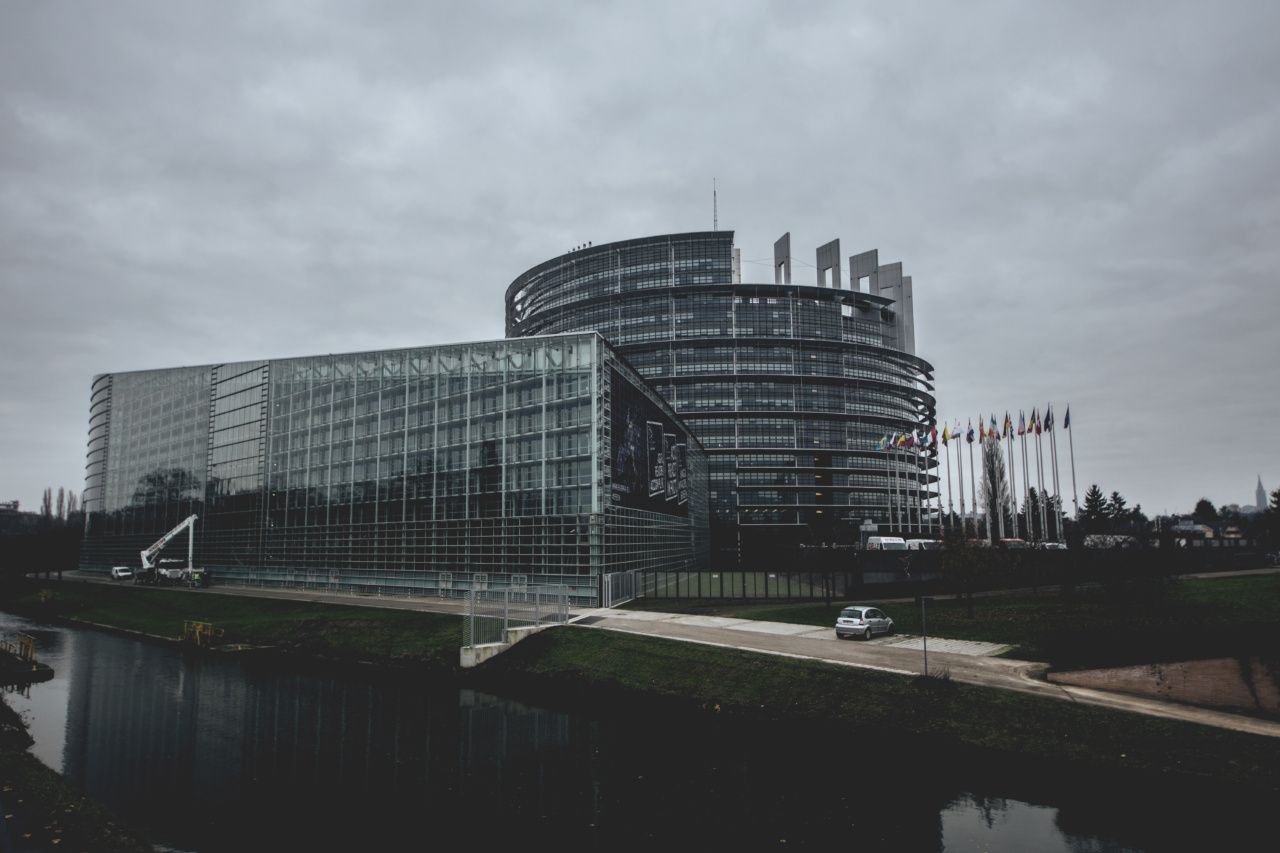The European Parliament has requested that all beverage packaging bear information regarding the calories contained in the product. This measure aims to tackle rising obesity rates among Europeans, which has been identified as a major problem.
Why calories count
Calories are units of energy that are contained in food and beverages. When the body takes in more calories than it can burn, the excess calories are stored as fat.
Regularly consuming more calories than the body needs can lead to obesity, which is associated with a plethora of health problems, including cardiovascular disease, diabetes, and cancer.
Beverages and calories
Beverages are an often-overlooked source of calories. Many people assume that the only way to consume calories is through solid food, but this is not true.
Sugary drinks like soda and energy drinks are highly caloric, and even seemingly innocuous beverages like fruit juice and smoothies can contain significant amounts of sugar.
The impact of labeling
Studies have shown that labeling calorie information on food and drink products can influence consumer behavior. When confronted with calorie counts, people are more likely to choose lower-calorie options or to consume smaller portions.
In this way, labeling can be an important tool in the fight against obesity.
The challenges of labeling beverages
Unlike solid foods, beverages are often sold in containers that can contain multiple servings. This makes it difficult to convey accurate calorie information on a per-serving basis.
Additionally, some drinks, like beer and wine, vary widely in calorie content depending on the specific product. Addressing these challenges will be key to successfully implementing beverage calorie labeling.
The US experience
The US has required calorie labeling on restaurant menus and packaged foods since 2018. Although the effects of the policy are still being studied, early indications suggest that it is leading to a reduction in calorie consumption.
However, there have been some challenges with implementing the policy, particularly with regard to smaller establishments that may struggle to comply with the regulations.
The European approach
The European Parliament’s request for beverage calorie labeling is still in the early stages of implementation.
It is likely that the policy will take lessons from the US experience, but will also need to address some specific challenges related to the labeling of beverages.
Conclusion
The European Parliament’s request for beverage calorie labeling is an important step in the fight against obesity.
By providing consumers with clear information about the calorie content of the products they are consuming, it is hoped that the policy will lead to a reduction in calorie intake and a decrease in obesity rates. However, successfully implementing calorie labeling on beverages will require addressing some unique challenges, and it remains to be seen how effective the policy will ultimately be in promoting healthier eating habits.






























